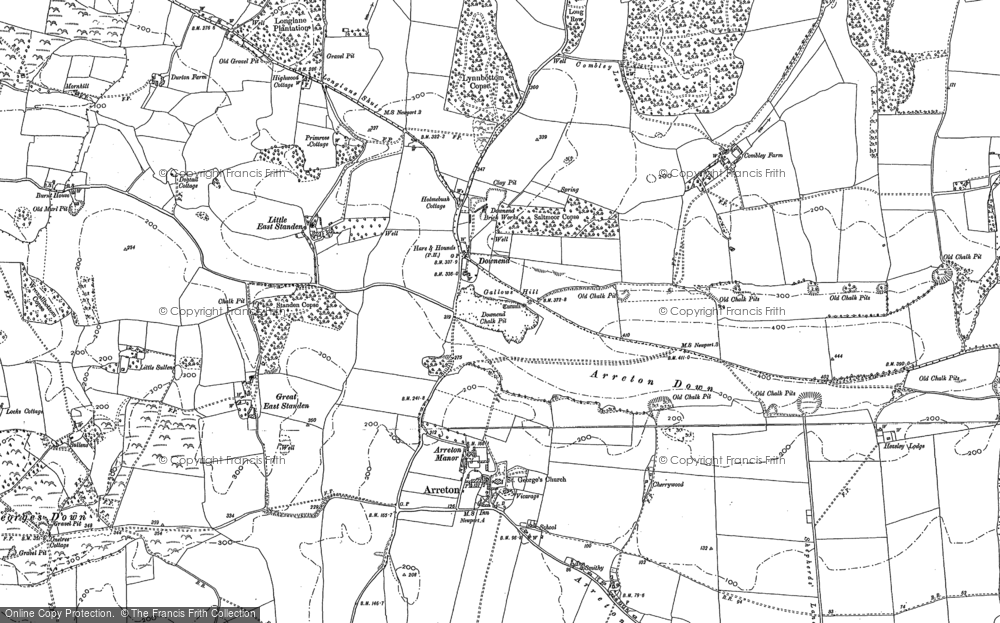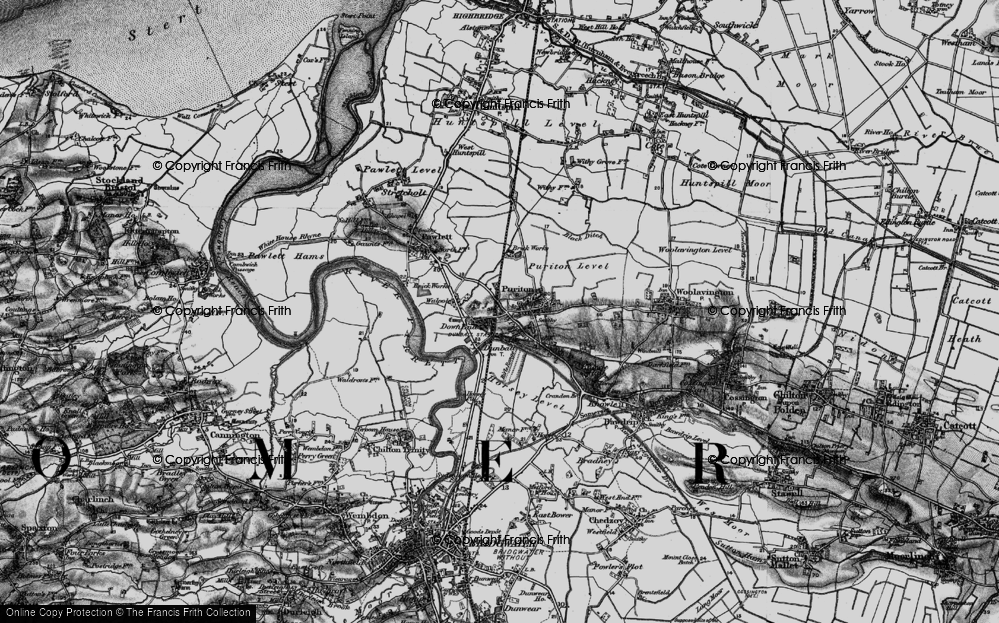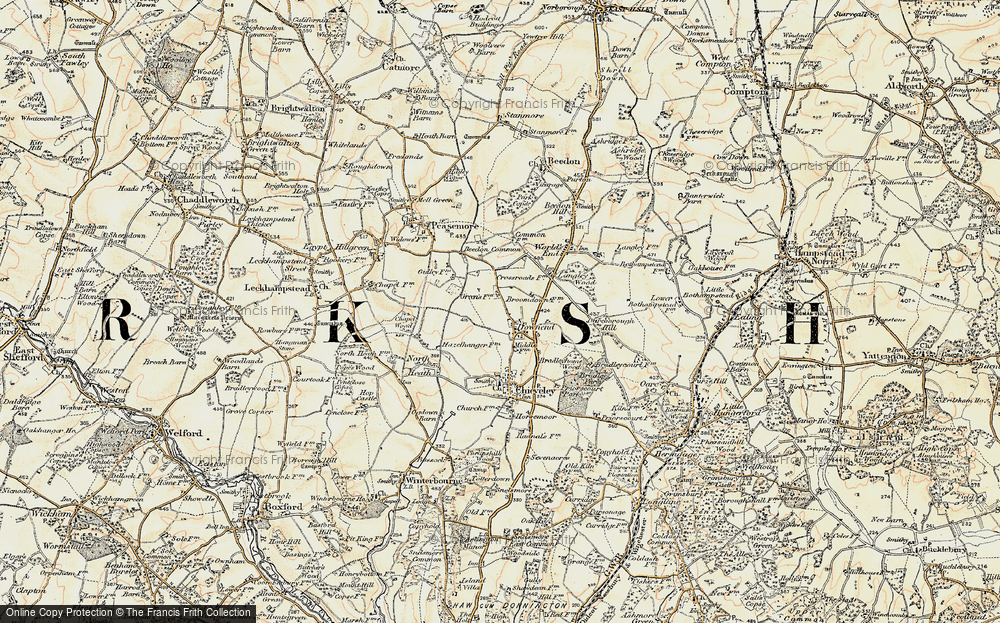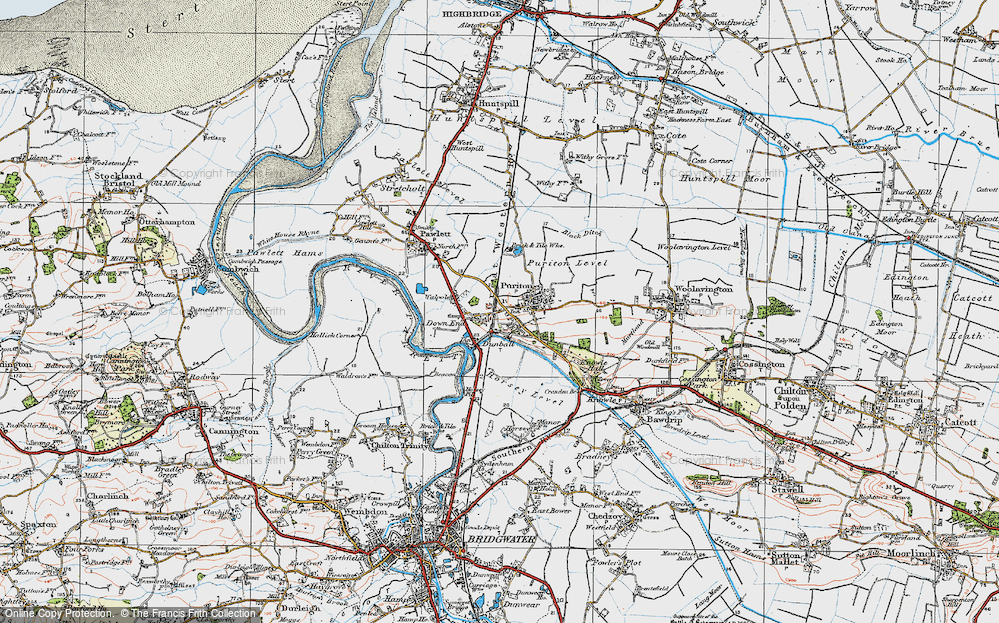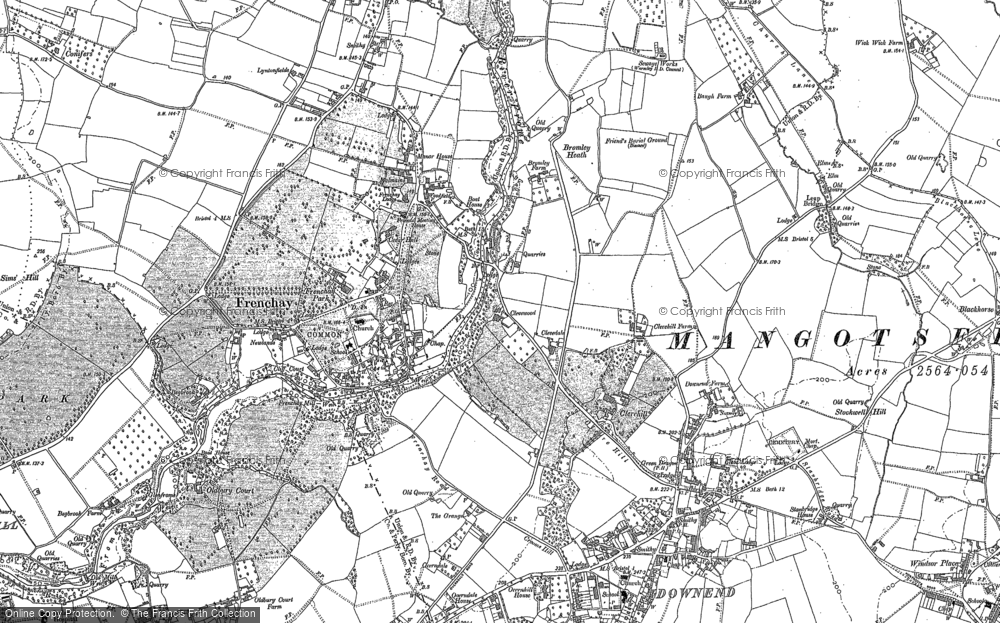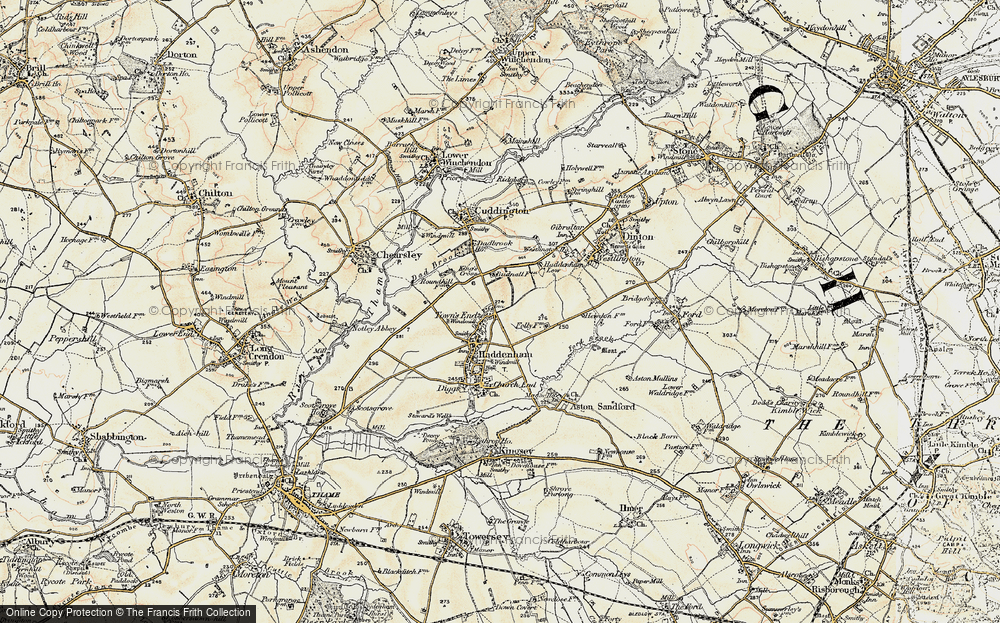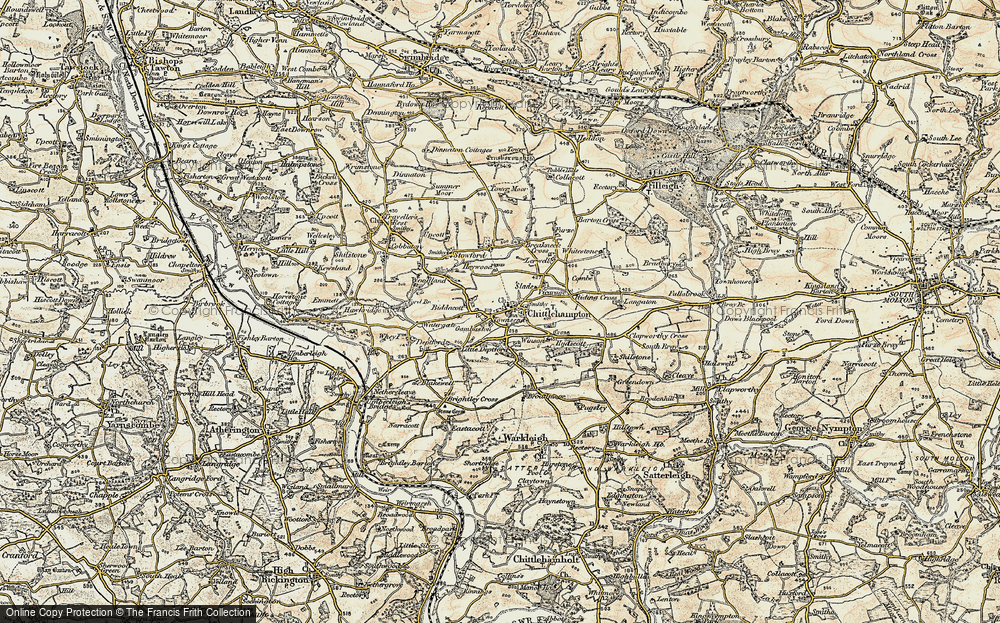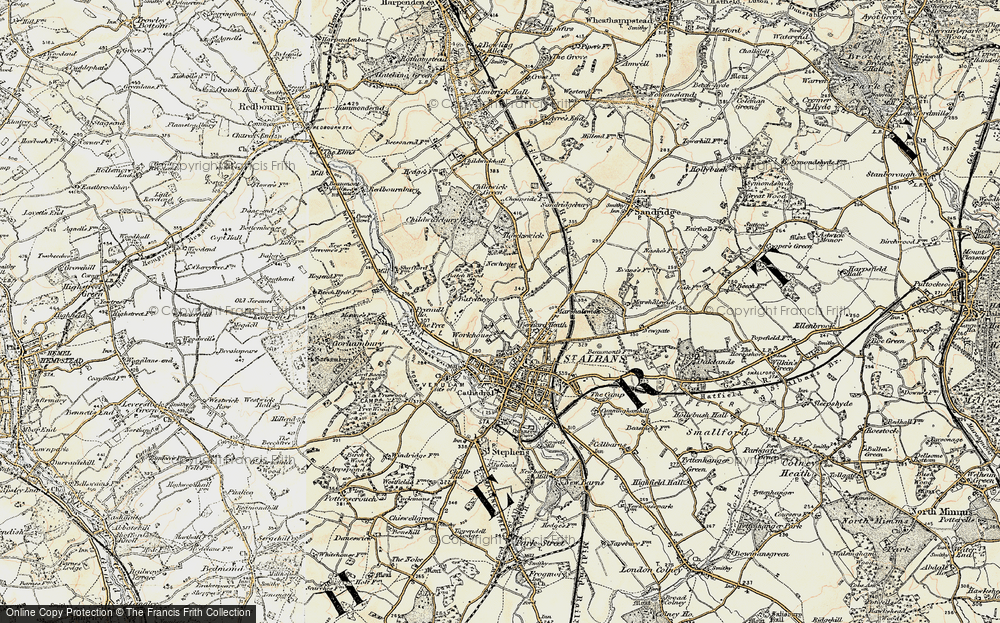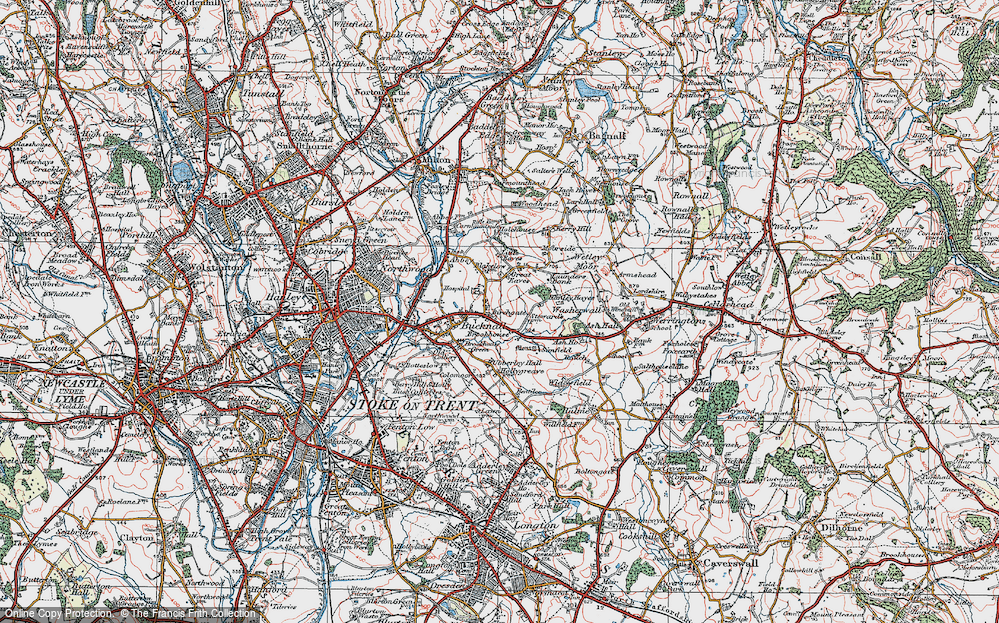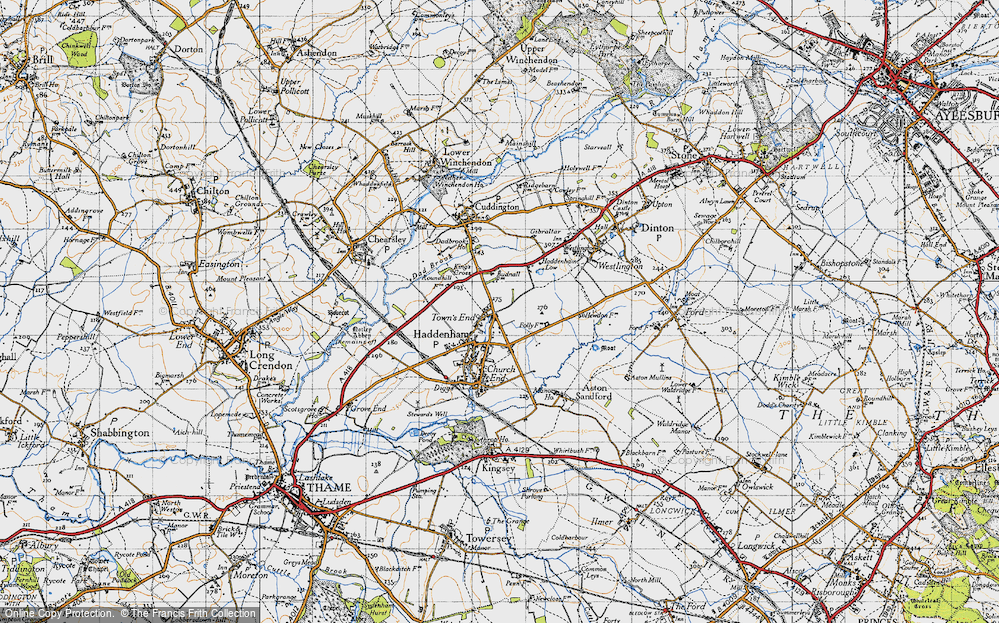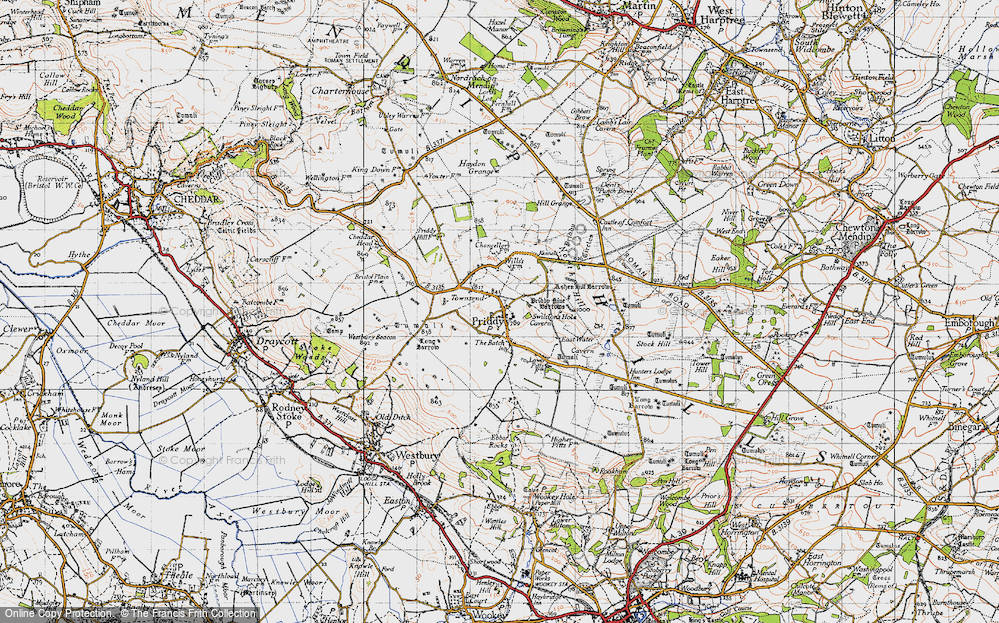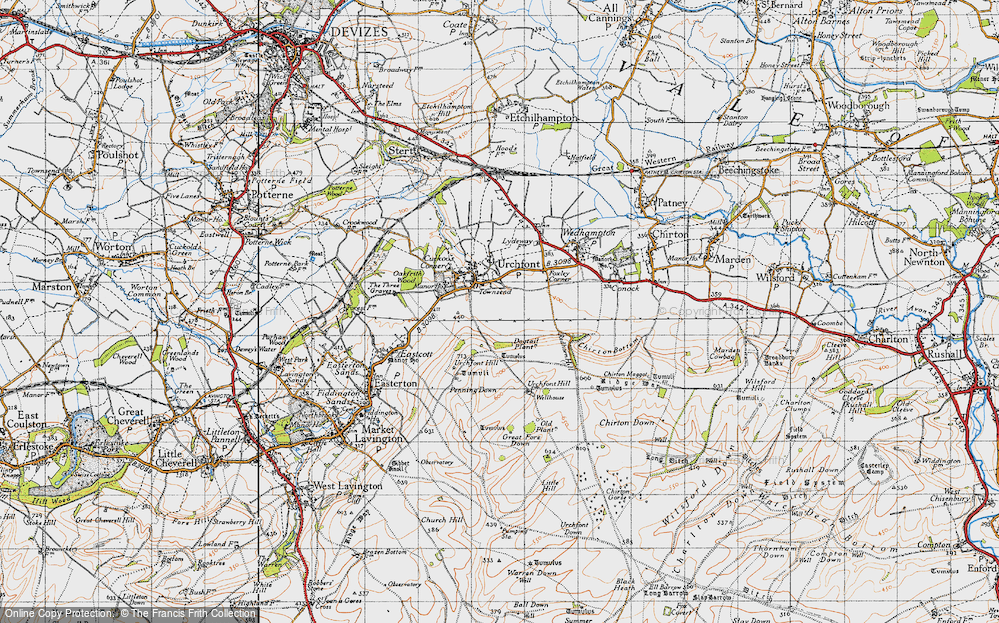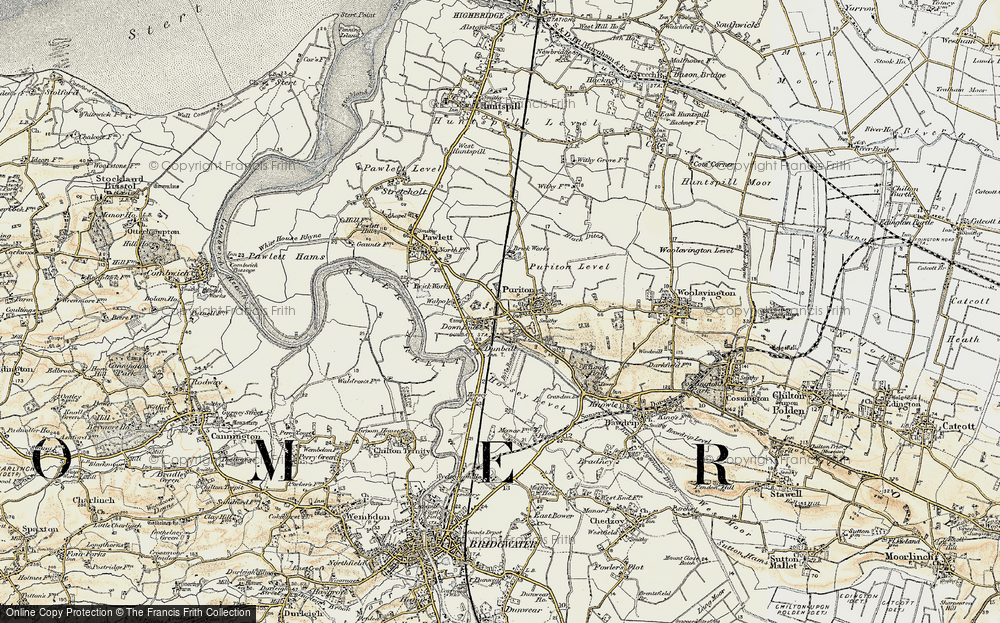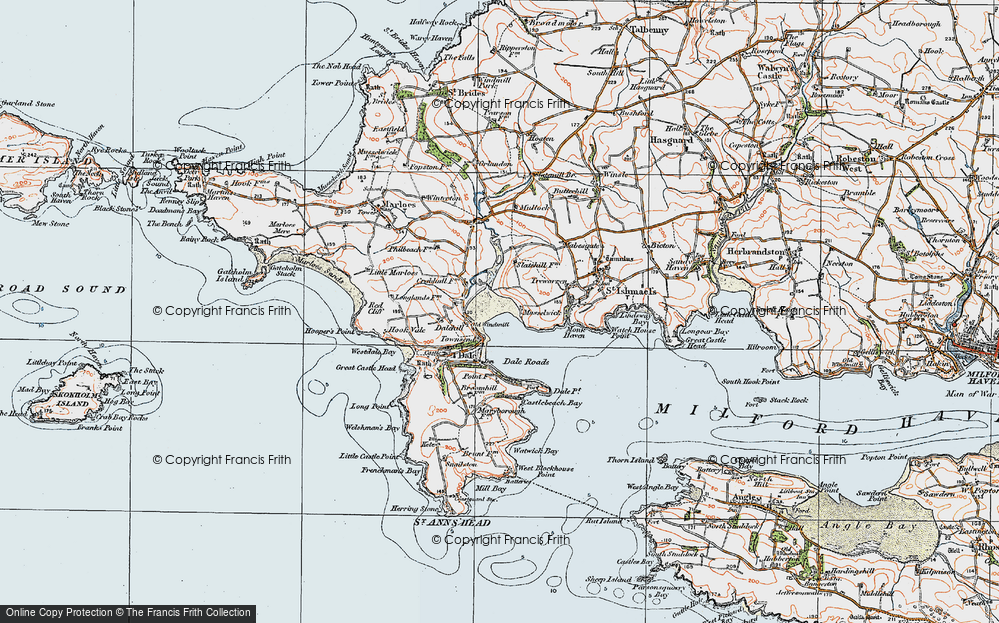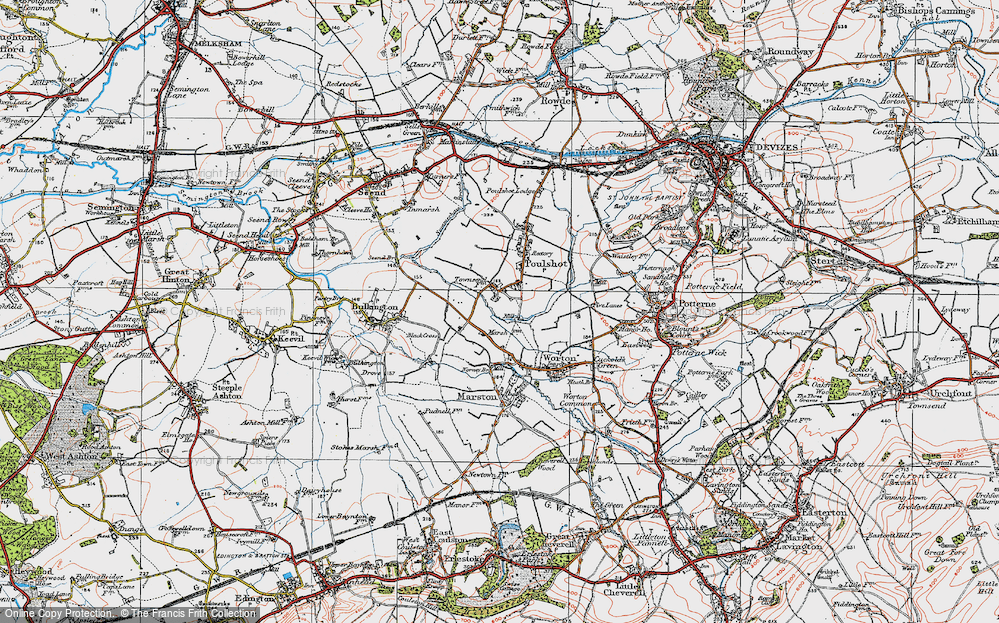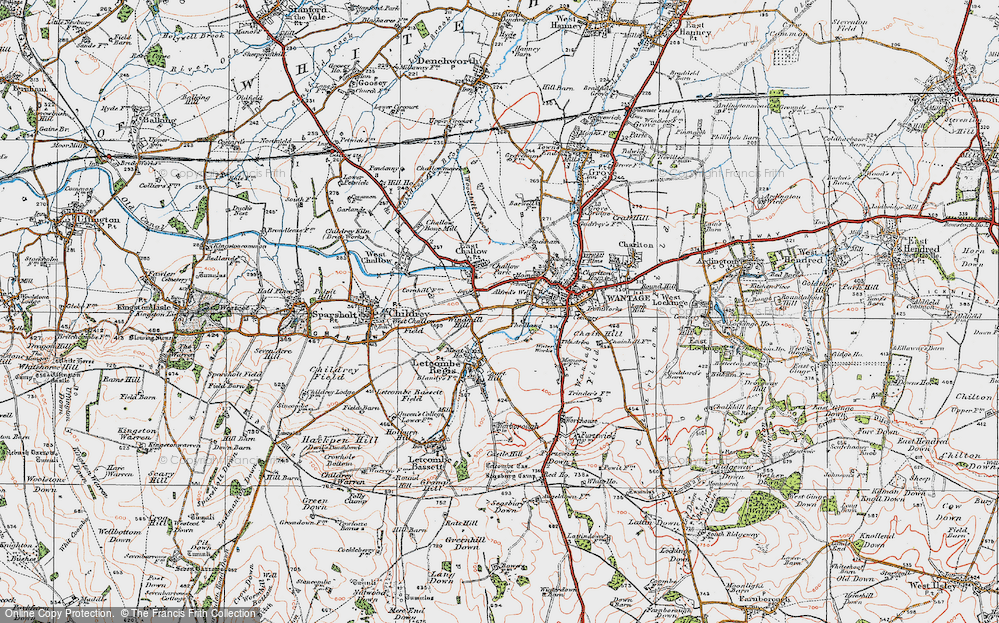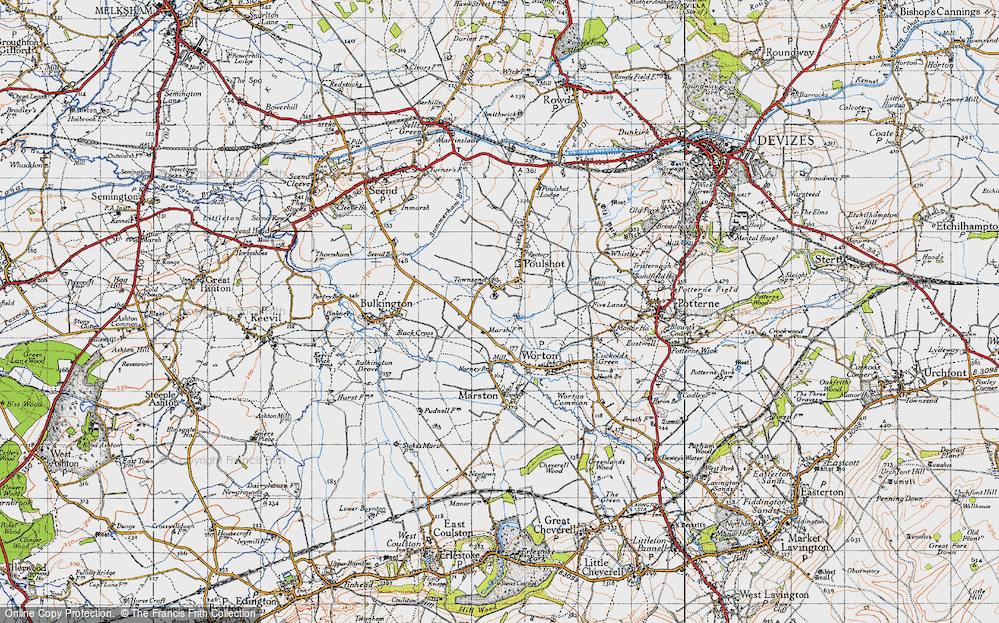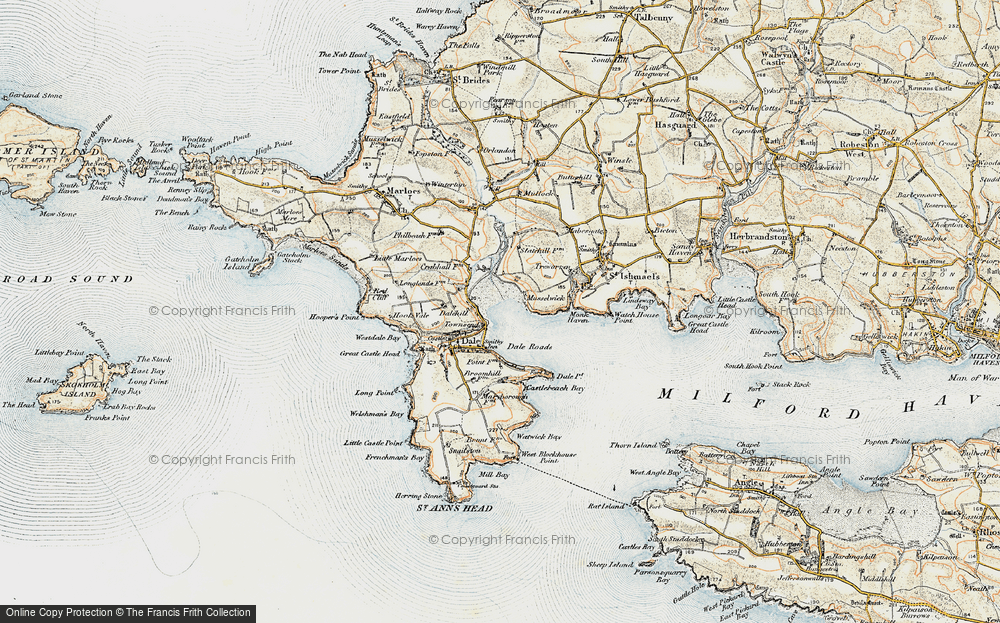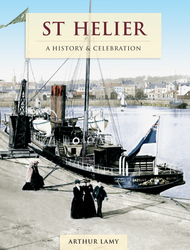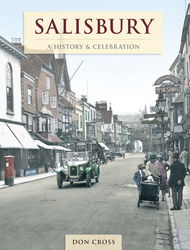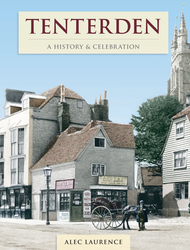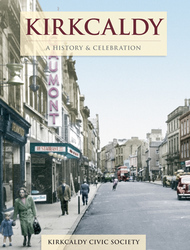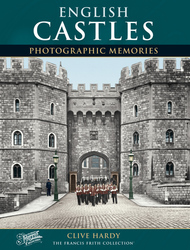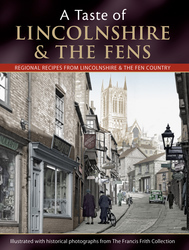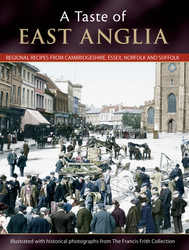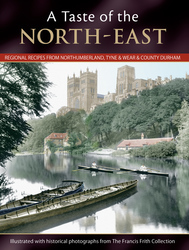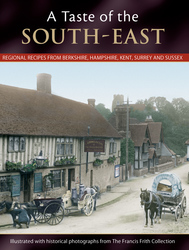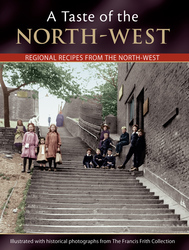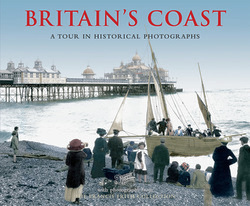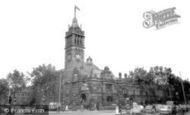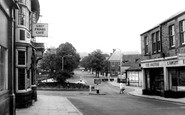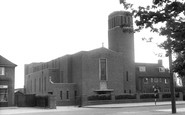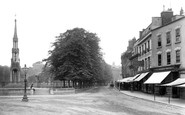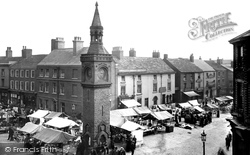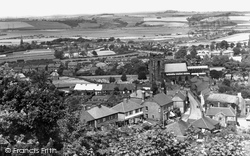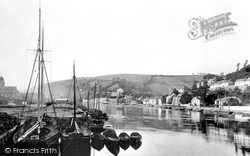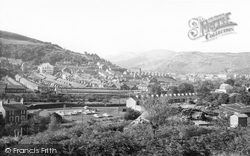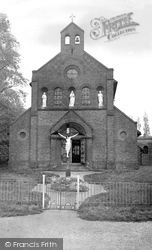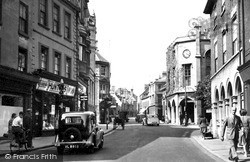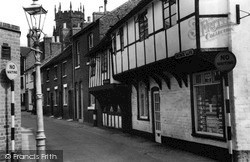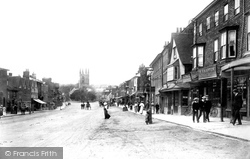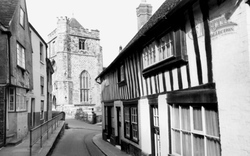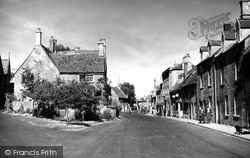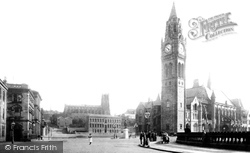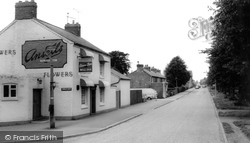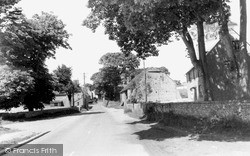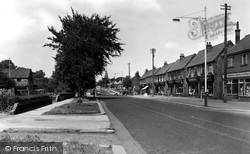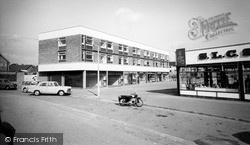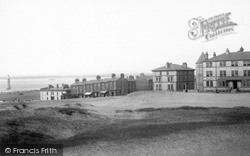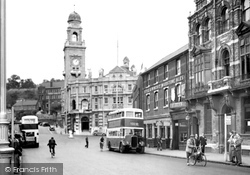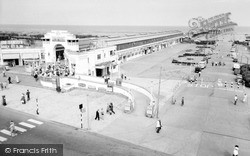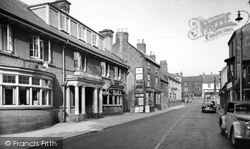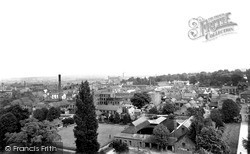Places
26 places found.
Those places high-lighted have photos. All locations may have maps, books and memories.
- Town End, Derbyshire
- Town End, Buckinghamshire
- Town's End, Somerset
- Towns End, Dorset
- Town End, Merseyside
- Town End, Cambridgeshire
- Town's End, Buckinghamshire
- West End Town, Northumberland
- Bolton Town End, Lancashire
- Kearby Town End, Yorkshire
- Town End, Cumbria (near Grange-Over-Sands)
- Town End, Cumbria (near Bowness-On-Windermere)
- Town End, Yorkshire (near Huddersfield)
- Town End, Yorkshire (near Wilberfoss)
- Town End, Cumbria (near Appleby-in-Westmorland)
- Town's End, Dorset (near Melbury Osmond)
- Town's End, Dorset (near Swanage)
- Town End, Cumbria (near Ambleside)
- Town End, Cumbria (near Lakeside)
- Town End, Cumbria (near Kirkby Lonsdale)
- Town End, Cumbria (near Ambleside)
- Town's End, Dorset (near Bere Regis)
- West-end Town, South Glamorgan
- Townend, Derbyshire
- Townend, Strathclyde (near Dumbarton)
- Townend, Staffordshire (near Stone)
Photos
26 photos found. Showing results 121 to 26.
Maps
195 maps found.
Memories
3,719 memories found. Showing results 61 to 70.
Hammer Of The Year Dance
At the end of the 1972/1973 football season, and at the age of 17, I went for the first (and only) time to the annual Hammer of the Year dance at East Ham town Hall organised by West Ham United. I went with my friend ...Read more
A memory of East Ham in 1973 by
Dysart In The 60s
I was brought up in Dysart, first in Howard Place then the High Street, where my mum and dad still live. I remember all the shops that were there in the 1960s when I was a little girl, the little wool shop where you could buy odd ...Read more
A memory of Dysart by
Grey Friars Cafe
I lived in Richmond from the age of 6 weeks in 1936 to the age of 17 years in 1953.I loved Richmond, and still do. My father was a racehorse trainer, his stable was on Cravengate, just off Newbiggin. My family were good friends ...Read more
A memory of Richmond in 1946 by
Smithy House
1969, I visited my great aunt Vi and great uncle Frank at the Smithy House. His anvil is in the center of town. Frank Topley, the last village blacksmith.
A memory of Rolleston on Dove in 1969 by
Lymington In The 1940s
My maternal grandmother and mother were both born in Lymington, my mother attending the grammar school in Brockenhurst (I remember as a small boy her pointing it out to me from the train) In 1944, when the V1 'doodlebugs' ...Read more
A memory of Lymington in 1944 by
Our Lady Of Walsingham Church And School
Attending the Senior School, my memories are of the dinner dances that where held in the school hall to raise money to pay for the church and school, many of the events where organised by the local church ...Read more
A memory of Corby in 1961 by
Personal Recollections
From age 11 to 16 I lived in Station Town from 1950 to 1955, at 2 Rodridge Street,( now thankfully the street has been demolished). When I saw the old photograph of the Main Street it was mostly as I remembered it. Booth's ...Read more
A memory of Wingate by
Bombing Raids In 1940
Bristol's premier shopping centre was turned into a wasteland of burned out buildings after major bombing raids in 1940, during the Second World War. Bridge Street Summary Bridge Street ran from High Street, rising up a ...Read more
A memory of Bristol by
Tales Of College Green
This shows College Green and its grand posh upmarket shops, at a time in the past when parking wasn't a problem. Many famous people lived round the Green over the years including Mary Robinson; actress and mistress of the ...Read more
A memory of Bristol by
Captions
5,111 captions found. Showing results 145 to 168.
As well as being a market town, Ormskirk has a long association with the Earls of Derby who lived at Knowsley Hall.
Taken from Overton Hill, this view shows the town with the Mersey estuary in the distance beyond the sand dunes. It is from here that the Sandstone Trail now begins.
Today, Looe is a fishing and tourist town. Buller's Quay in the foreground is now a car park, and the fish market is at the far end of the quay.
The Beaumond Cross at the end of Carter Gate on the southern approach to the town is thought to date from the 14th or 15th centuries, and might be a wayside praying cross.
Joining North Street with Mawney Road, Como Street had to cross the River Rom at the North Street end.
The town has an important place in industrial history, for it is the southern end of the railway line on which the first steam locomotive ran in 1804.
How fortunate that the industrial town of Middlesbrough could boast such a tranquil feature in its midst!
Its predecessor was St Edith's - a house of Ursuline Sisters at the southern end of the High Street. They celebrated Mass there from 1910 until they left the town three years later.
At the end of South Gate is the Market Place, which has on its east side one of Lincolnshire's finest churches.
These attractive timber-framed buildings are typical of the small dwellings which must have been common in the town in the 16th and 17th centuries.
The church at the far end of the broad street is St Peter & St Paul's. Tile-hung walls are a feature of the town, and several examples can be seen here.
This final glimpse of old Hastings is a photograph that captures all the charms of the old town, with St Clement's Church at the end of the street.
In 1902 the architect Charles Ashbee brought 100 silversmiths, furniture makers and other craftsmen with their families from London's East End to establish the Guild of Handicraft in Chipping Campden.
Overspending on civic projects is not peculiar to present-day administrations, for the final bill for Rochdale's Town Hall was over 7½ times the original £20,000 estimate when it eventually opened in 1871
Redditch town centre occupies high ground near the northern end of the prehistoric Ridgeway.
Polegate, with its typical flint walls and buildings, lies just below the extreme eastern end of the South Downs.
The town owes much to the Victorian jeweller Joseph Mayer, who gave his home village a little library in Mayer Hall in 1866.
In the early 1870s, the Duke of Cleveland's estate near to the town centre was given over to development.
A rather flowery title for a small shopping development of the late 1950s on the Fairfield Estate, away to the east of the town's main shopping street.
He still ended up with a town built solely for entertainment, and for the newly-emerging holidaymakers.
The virtual absence of motor traffic suggests that this photograph may have been taken in 1956, during the Suez Crisis petrol rationing, which did not end until the following year.
It was again completely reconstructed in 1971, when the steps and ramps were removed.
Next to it stands the newsagent's and tobacconist's shop of the Robinson family, who for two generations served the town and, indeed, had their own blend of snuff.
It is a small market town in the East Midlands of England, yet it has a university with an international reputation for excellence in sciences and sports.
Places (26)
Photos (26)
Memories (3719)
Books (160)
Maps (195)


